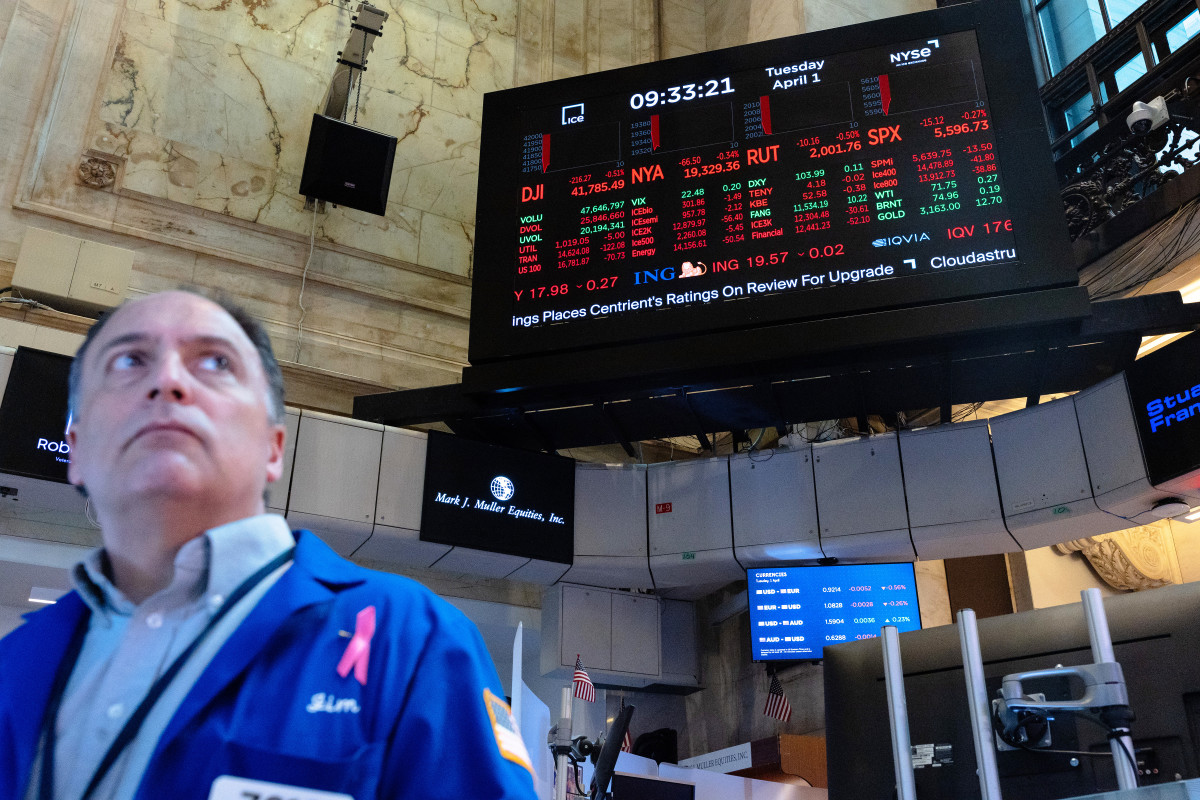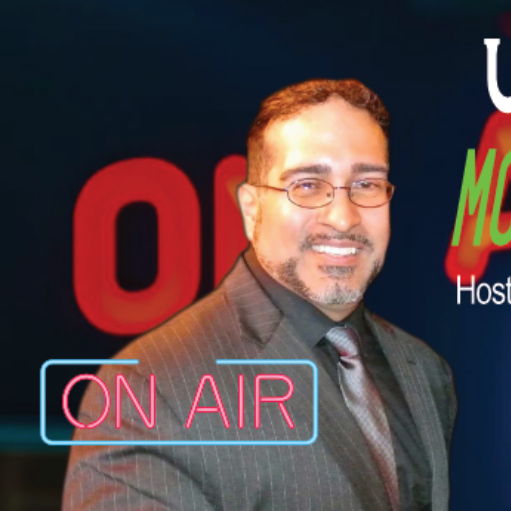Federal Reserve Chairman Jerome Powell is a touch on the stubborn side. He doesn’t want to change the central bank’s interest-rate policy unless it’s really necessary.
He was very clear in a Washington speech Friday that he doesn’t think a Fed rate cut is necessary. He would much prefer to wait until the next meeting of the Federal Open Market Committee on May 6-7.
💵💰Don’t miss the move: Subscribe to TheStreet’s free daily newsletter 💰
“While uncertainty remains elevated, it is now becoming clear that the tariff increases will be significantly larger than expected. The same is likely to be true of the economic effects, which will include higher inflation and slower growth,” Powell told the annual meeting of the Society for Advancing Business Editing and Writing.
It’s also true that President Trump wants the Fed to cut rates now, complaining in a post Friday Powell was too slow.
Related: Veteran fund manager unveils 4 ways market could rebound
(It should be noted Trump also complained about Powell in 2019, wondering who was a bigger enemy, Powell or China President Xi Jinping.)
Is too much happening?
All that said, the Fed boss wants clarity before asking FOMC members because there’s just so much happening all at once:
- The tariff decisions were bigger than expected and may or may not be fixed.
- The economy may weaken very quickly and cause havoc in financial markets.
- The government will run out of money to pay its bills in May or June unless extends the nation’s debt limit, Treasury Secretary Scott Bessent warned this week.
- Possible extension of Trump tax breaks and the effects on government debt levels.
The question is whether all these problems will prove so big and dangerous that the Fed will be forced to make a move on rates sooner than we think.
The Standard & Poor’s 500 Index has lost more than 10% in the two days since the Trump tariff announcement. The Nasdaq Composite Index is off more than 11% in the same two days.
I the latest survey from the American Association of Individual Investors (AAII), bearish sentiment, defined as the anticipation of falling stock prices over the next six months, increased by 9.8% to 61.9% in the latest week.
The bearishness is the third highest ever recorded and the worst since March 5, 2009, when it reached 70.3% amidst the turmoil of the great financial crisis. (A note: The S&P 500 bottomed four days later.)
Meanwhile, there are reports of layoffs, signs that consumers are holding back on spending, and complaints by business leaders that planning for the future is impossible.
Costco Wholesale (COST) , up slightly on Thursday, was off 5.2% on Friday. Elon Musk’s Tesla (TSLA) was off 10.4%. Mighty Walmart (WMT) slid more than 4%.
But Powell does not think the Fed should act now. Maybe the better word is “yet.”
The great fear is that tariffs will not achieve President Trump’s goals and dreams of new American prosperity but will result in massive retaliation that produces awful global effects that resemble what happened after the United States enacted the Smoot-Hawley Tariff in 1930.
 Traders work on the floor of the New York Stock Exchange this week ahead of the Trump announcement.
Traders work on the floor of the New York Stock Exchange this week ahead of the Trump announcement.
Michael M. Santiago/Getty Images
The Fed will step in when it needs to
The Fed can hold emergency meetings if things seem about to get out of control.
To combat raging inflation in 1979, the Paul Volcker-led Fed agreed to serious measures that boosted interest rates so sharply that mortgage rates neared 20%.
Under Chairman Ben Bernanke, the Fed pushed rates higher to get them “normalized” after the Dot.com bust and the effects of the Sept. 11, 2001 terror attacks.
More Economic Analysis:
- Gold’s price hit a speed bump; where does it go from here?
- 7 takeaways from Fed Chairman Jerome Powell’s remarks
- Retail sales add new complication to Fed rate cut forecasts
But a housing frenzy produced massive overbuilding, and the Subprime Mortgage Crisis emerged as the worst financial debacle since the Great Depression. Things were moving so fast with so little Fed reaction that CNBC commentator Jim Cramer erupted with his famous “They know nothing!” rant.
Finally, Bernanke and the Fed had to step in to try to stabilize the banking system, a task that required 18 months to achieve. (Critics still argue the move was too little and way too late.)
A rate cut and other measures to help the economy cope with the Covid-19 pandemic came in a March 2020 emergency meeting.
Related: Veteran fund manager issues dire S&P 500 warning for 2025
